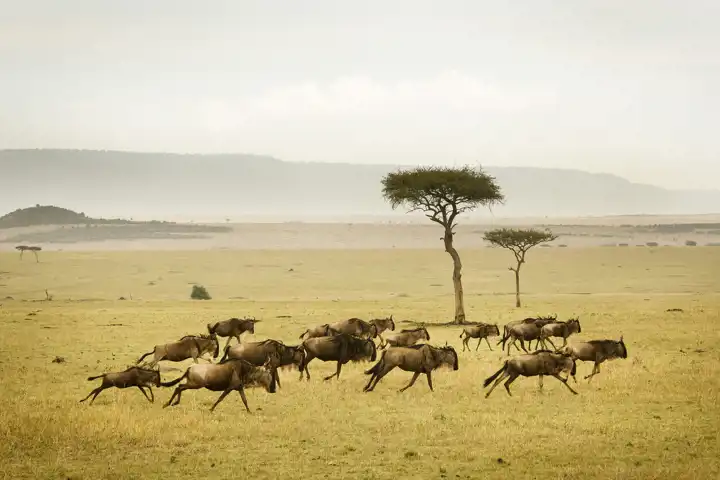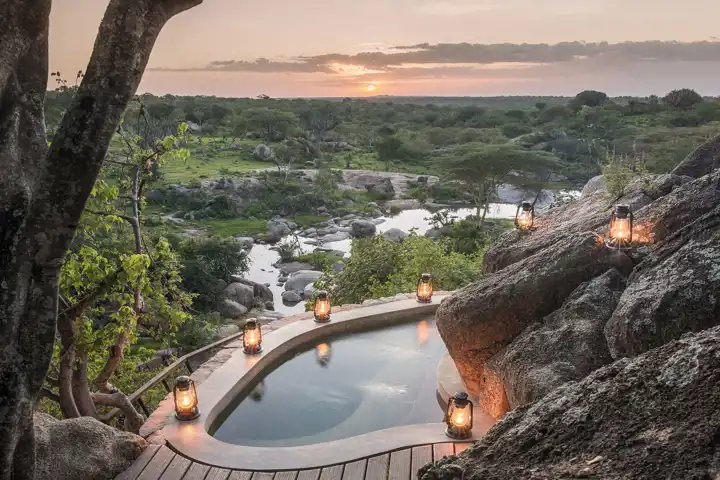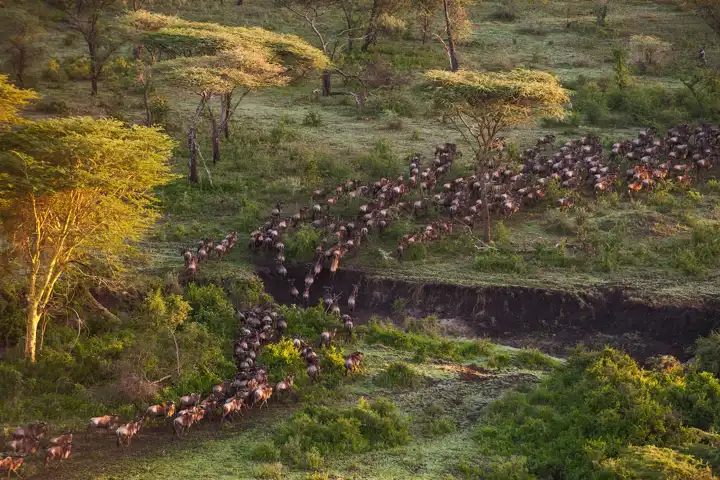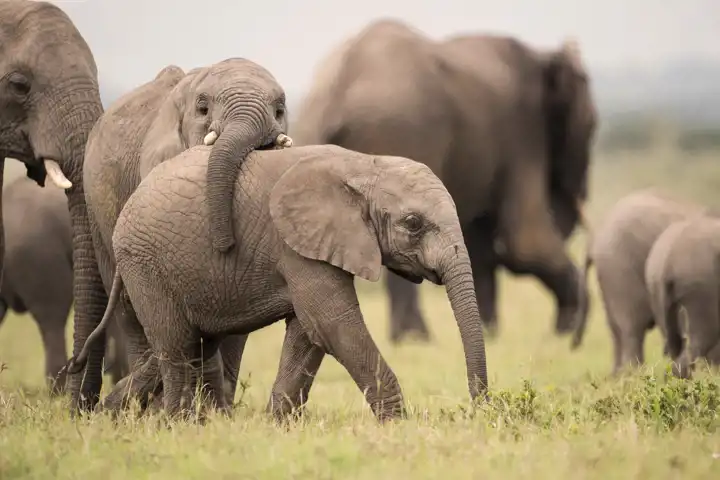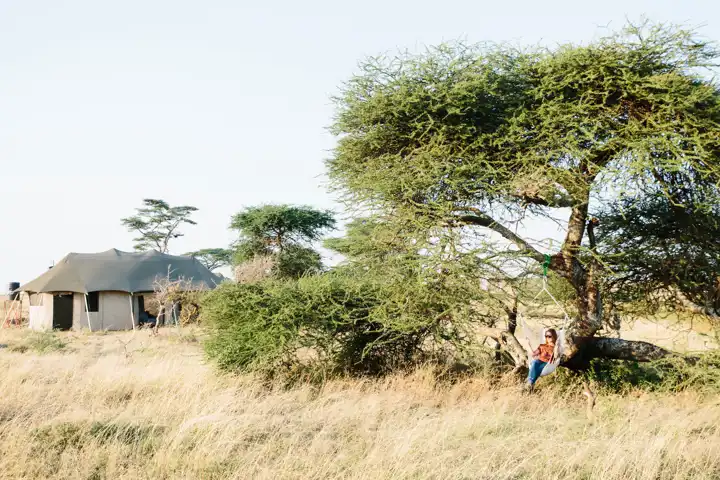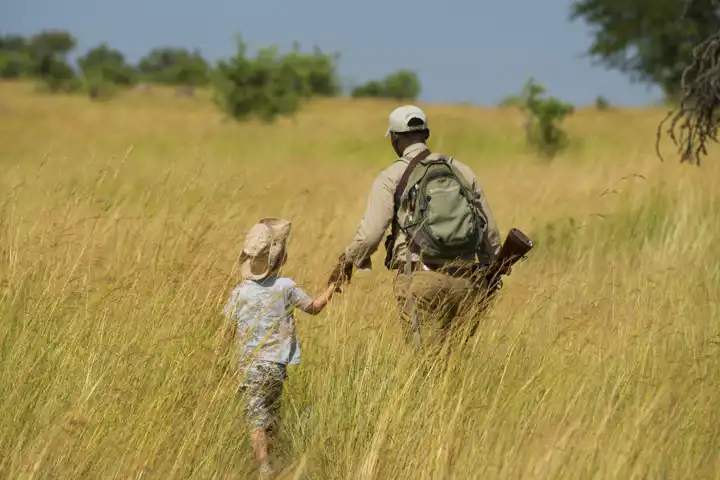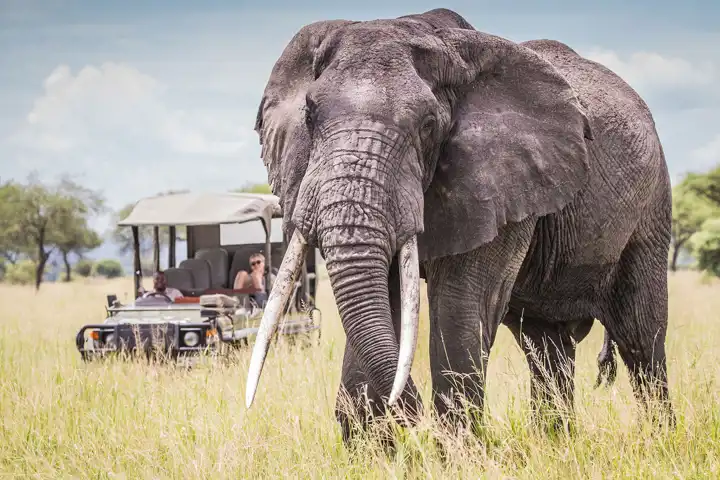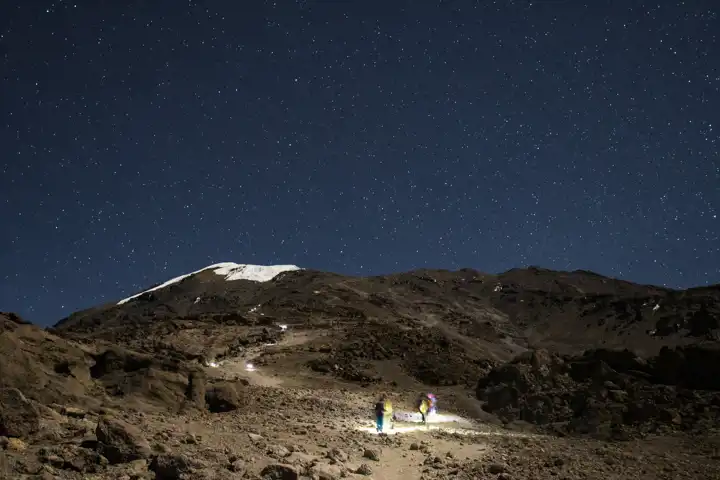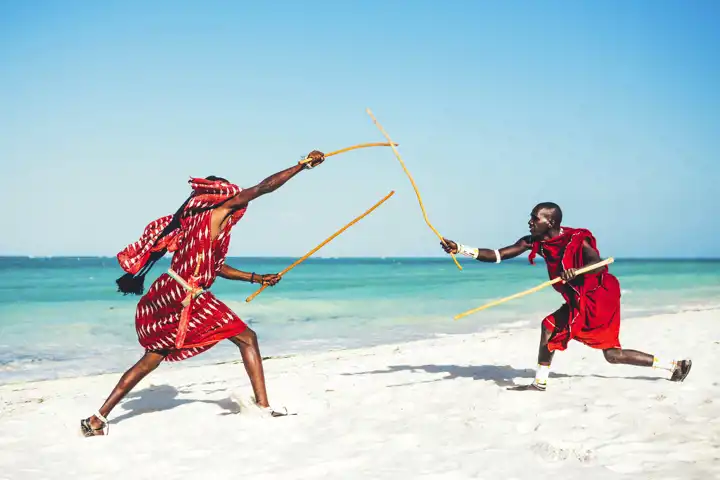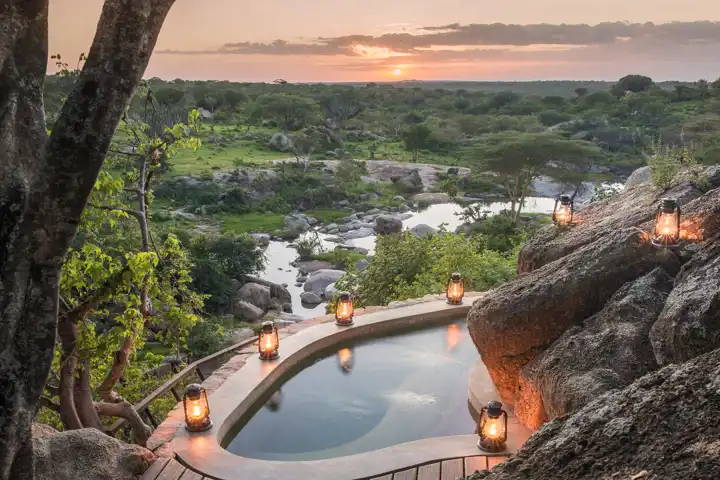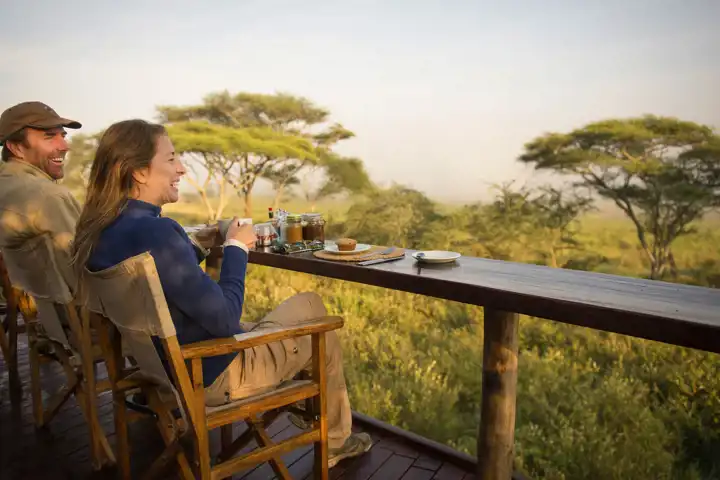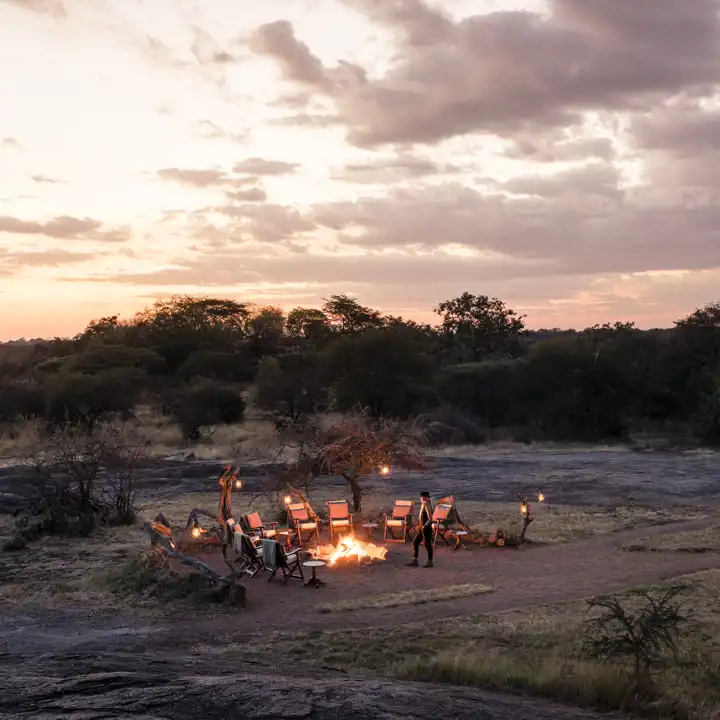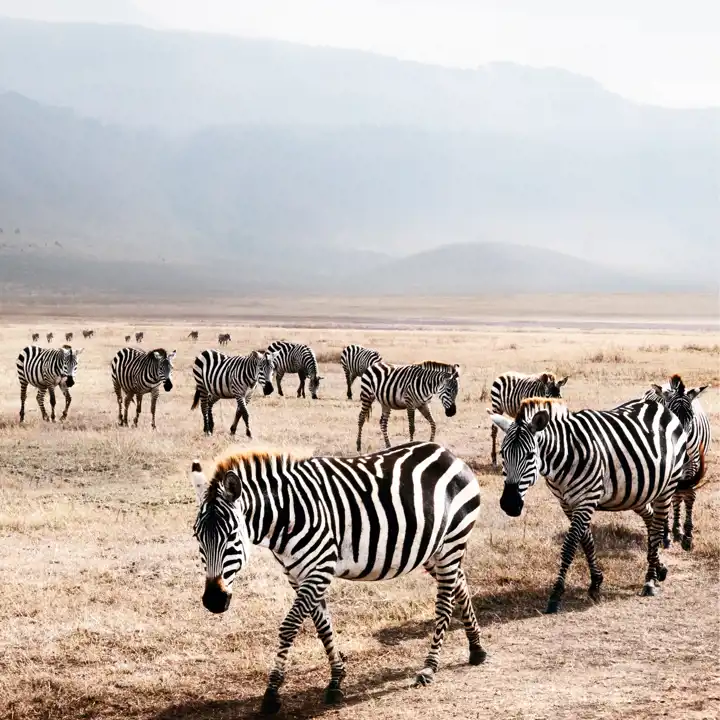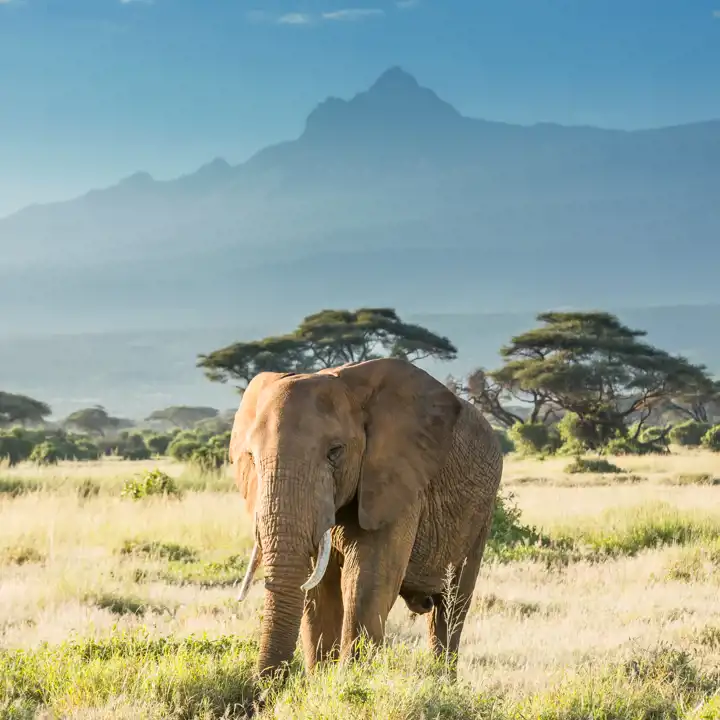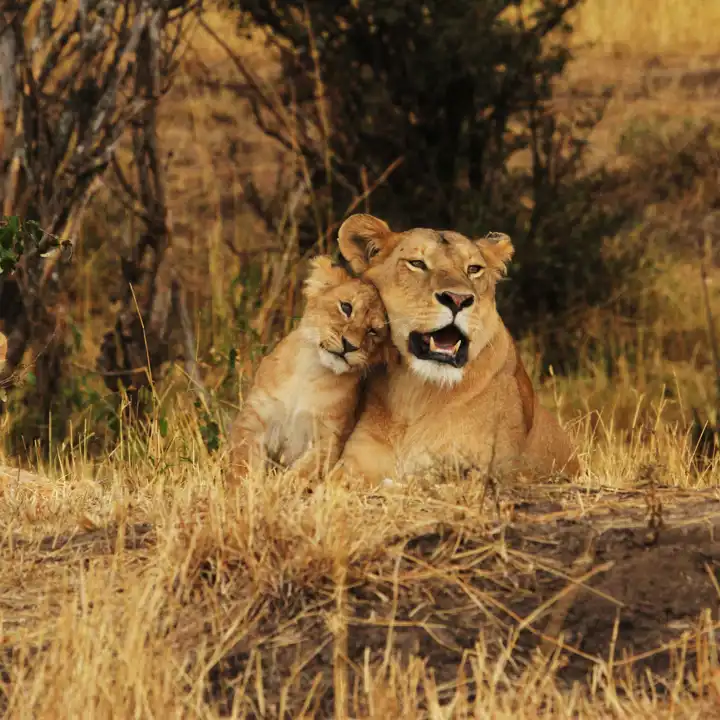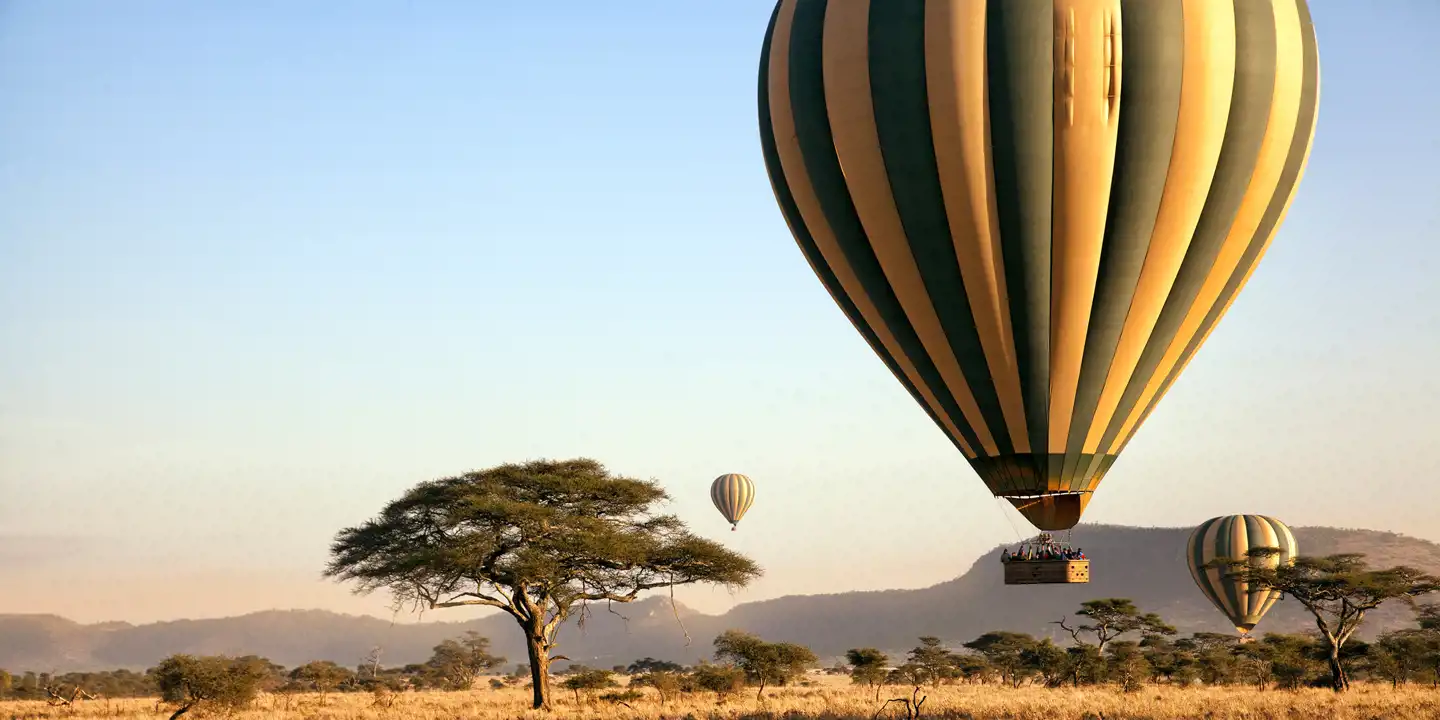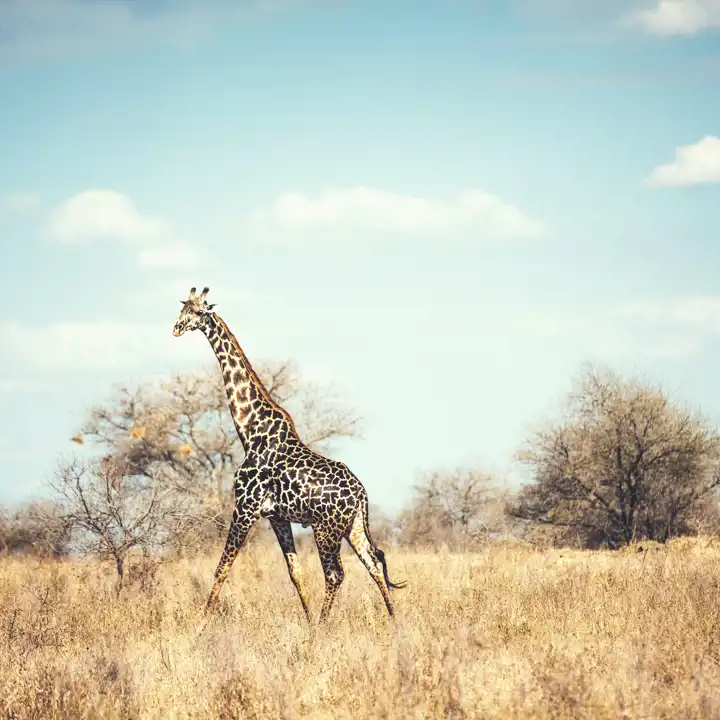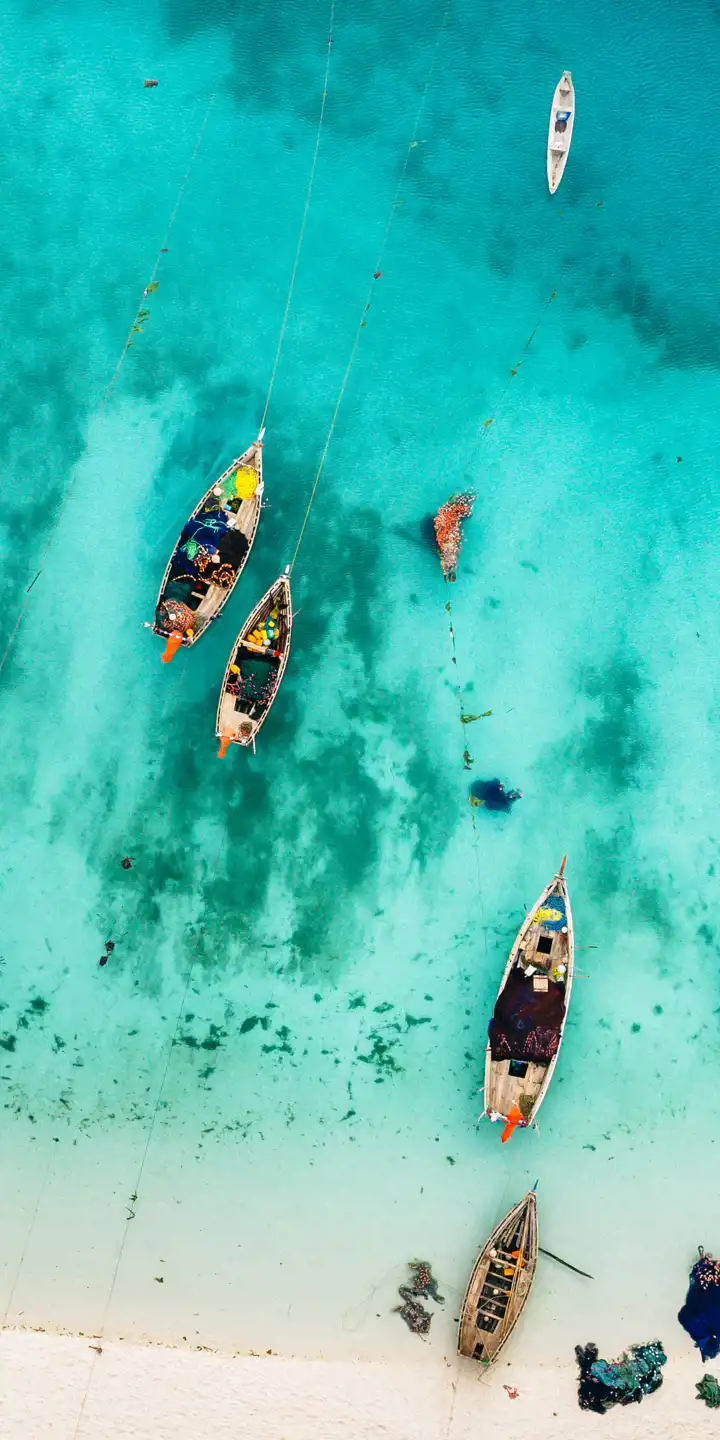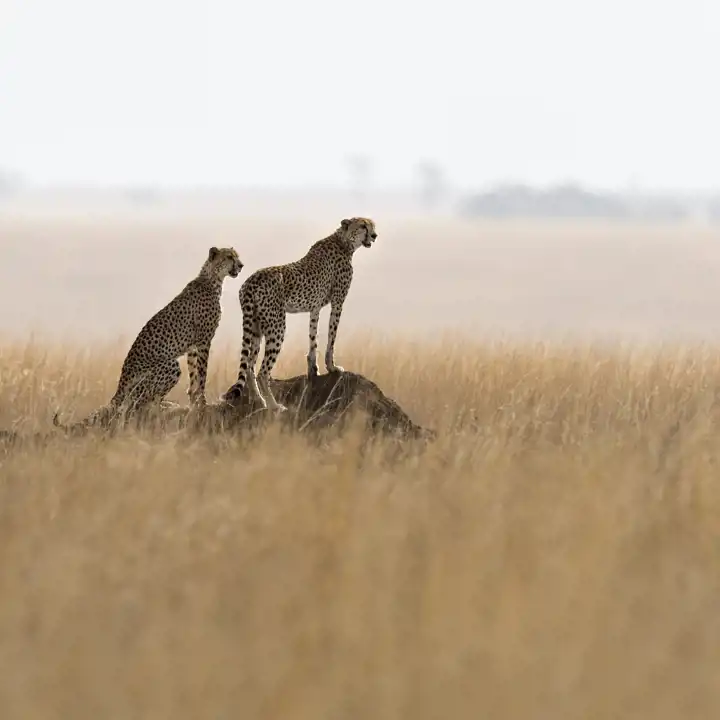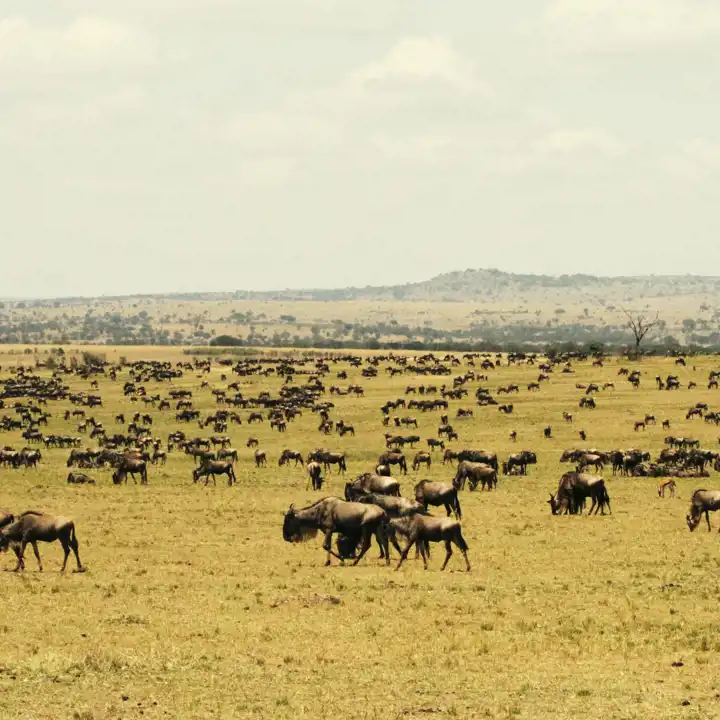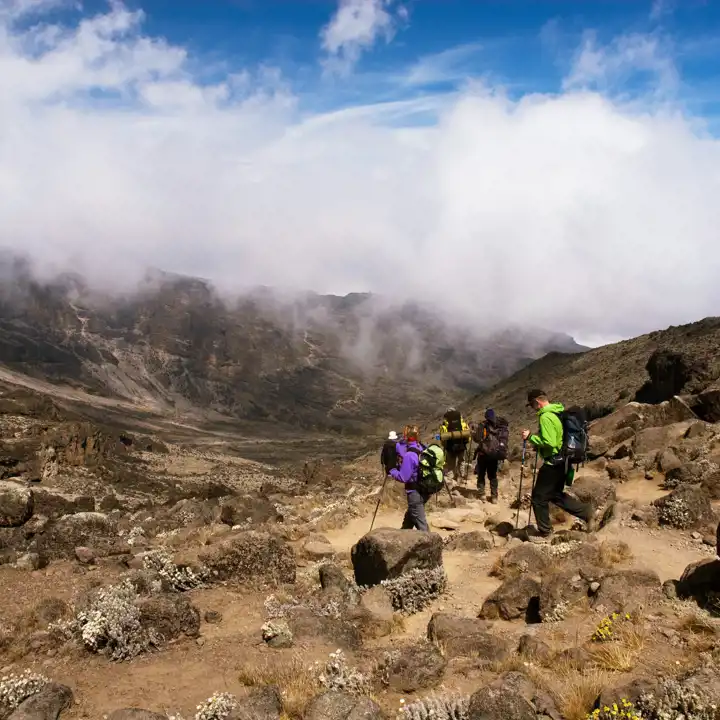Tanzania
Where the Animals Roam Free
Tanzania
Some say Tanzania is one of the last great places left on earth. The plains of the Serengeti stretch out before you. Meanwhile, the majestic Mount Kilimanjaro rises like a beacon on the horizon. Tanzania’s climate certainly lends itself to the idealists’ dream of this country with sun-drenched days and cool nights. And for lovers of safari, there is nothing quite like it anywhere in the world.
Spirit of the Safari
More than almost any other destination, Tanzania luxury travel embodies the spirit of the safari, especially during its iconic Great Migration when millions of wildebeest, zebra, antelope, and other herbivores stampede across the Serengeti plains in search of greener pastures—the lions, cheetahs, and predators following in pursuit of a bountiful hunt.
Wildlife Regions
The Serengeti is unquestionably Tanzania’s most recognizable wildlife region. However, a wealth of natural treasures throughout the country round out the safari experience. The sleepy crocodiles of Selous, the giraffes and ancient baobabs of Ruaha, the water birds of Rubondo Island, or the Big Five of Ngorongoro Crater create an incredible wildlife experience. A Tanzania luxury safari from Ker & Downey is a once in a lifetime experience.
Varied Culture
Tanzania’s varied cultures define the country, with tribal influences playing a vital role in its essential flavor. There is nothing quite like joining in song and dance with the red-cloaked Maasai. Or rather, embarking on a trekking expedition with the Hadzabe tribesmen, some of Africa last remaining full-time hunter-gatherers. The country as a whole enjoys a coveted level of peace and tranquility, making Tanzania a popular destination for visitors around the world in pursuit of spectacle and culture.
Tanzania Luxury Travel with Ker & Downey
Experiencing Tanzania luxury travel with Ker & Downey allow you to experience this country of wonder in style, exclusivity, and elegance. We don’t subscribe to the circle of madness that surrounds a frightened cheetah and her cubs. Instead, we believe in intimate, expert-led game drives in limited-access game reserves where both conservation and remoteness are the hallmark experiences.
Our recommended luxury safari Tanzania lodges and properties are traditional luxury accommodations located in private regions where the animals roam free from hassles or harm and where sleeping out under the African stars is encouraged. Allow Ker & Downey to plan your Tanzania luxury travel adventure and make it into something unforgettable and uniquely yours.

